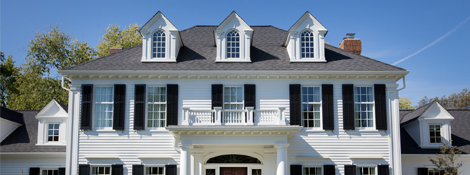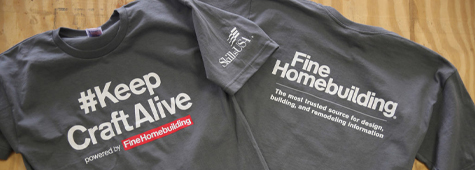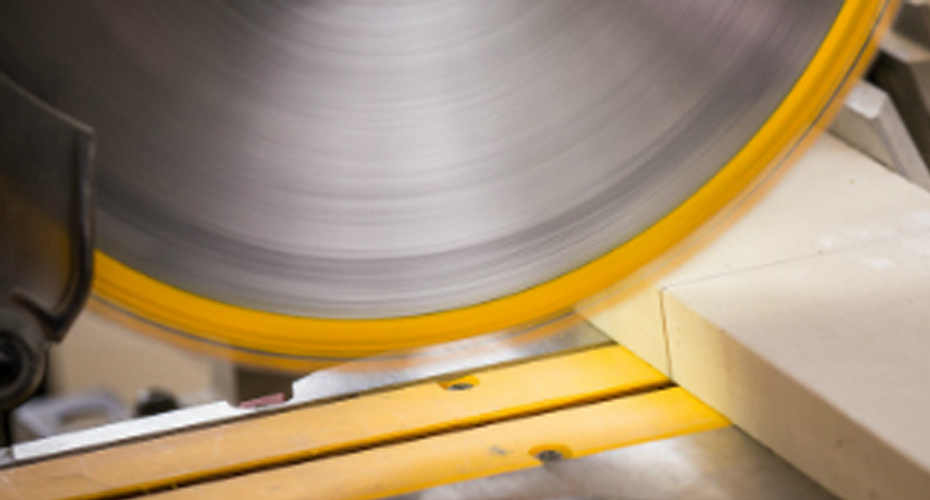A growing diversity of innovative products is helping to fuel the latest exterior trends, according to LBM Journal’s annual In Depth feature on siding. Homeowners are clamoring for color and variety in their façades, while builders are not only trying to meet those aesthetic needs but also are seeking out easy-to-install solutions and product knowledge support.

Here’s an overview of trends and industry observations from LBM Journal’s report:
- Mix and Match: A diversity of materials is contributing directly to one of today’s hottest façade trends: mixing materials. “Gone are the days when houses tended to be rather homogenous in terms of colors and textures,” magazine contributor Mike Berger writes. “In today’s siding market, it’s all about mixing and matching textures and products.”
- Darker Colors: The magazine notes that darker colors are in growing demand, a trend that aligns well with TruExterior Siding, which can be painted any color, even black, thanks to its high levels of dimensional stability.
- Authenticity: Buyers are craving products that offer the look of wood without the maintenance. “There’s an authenticity people want with products today,” TruExterior Siding & Trim Product Manager Aaron Sims tells the magazine. “They want it to look like wood. They want it to feel real. They want the details to be right. They want it to look very authentic to replicate a traditional Craftsman-style or Farmhouse-style home.”
- Resilience: The increasing rate of natural disasters, from hurricanes to wildfires, is driving code changes in certain areas of the country. “To meet these needs, manufacturers are developing products to withstand the rigors of storm and fire,” Berger explains. The writer pointed to products like Grayne engineered siding and TruExterior Siding, which both meet California’s Wildland-Urban Interface (WUI) code for fire and the Florida Building Code for wind.
- Labor: The ongoing labor shortage continues to be top of mind and, according to the NAHB, is currently builders’ No. 1 concern. This is driving demand for products that are easy and straightforward to install. Versetta Stone mortarless stone veneer, the magazine notes, offers the stone look without requiring the skill of a stone mason.
- Training: Dealers and distributors can no longer just stock products, the magazine says, they have to be knowledgeable about those products, how they work, and how they compare to competitors’ offerings.
To read more trends and insights into today’s siding market, view the LBM Journal article in its entirety here.























